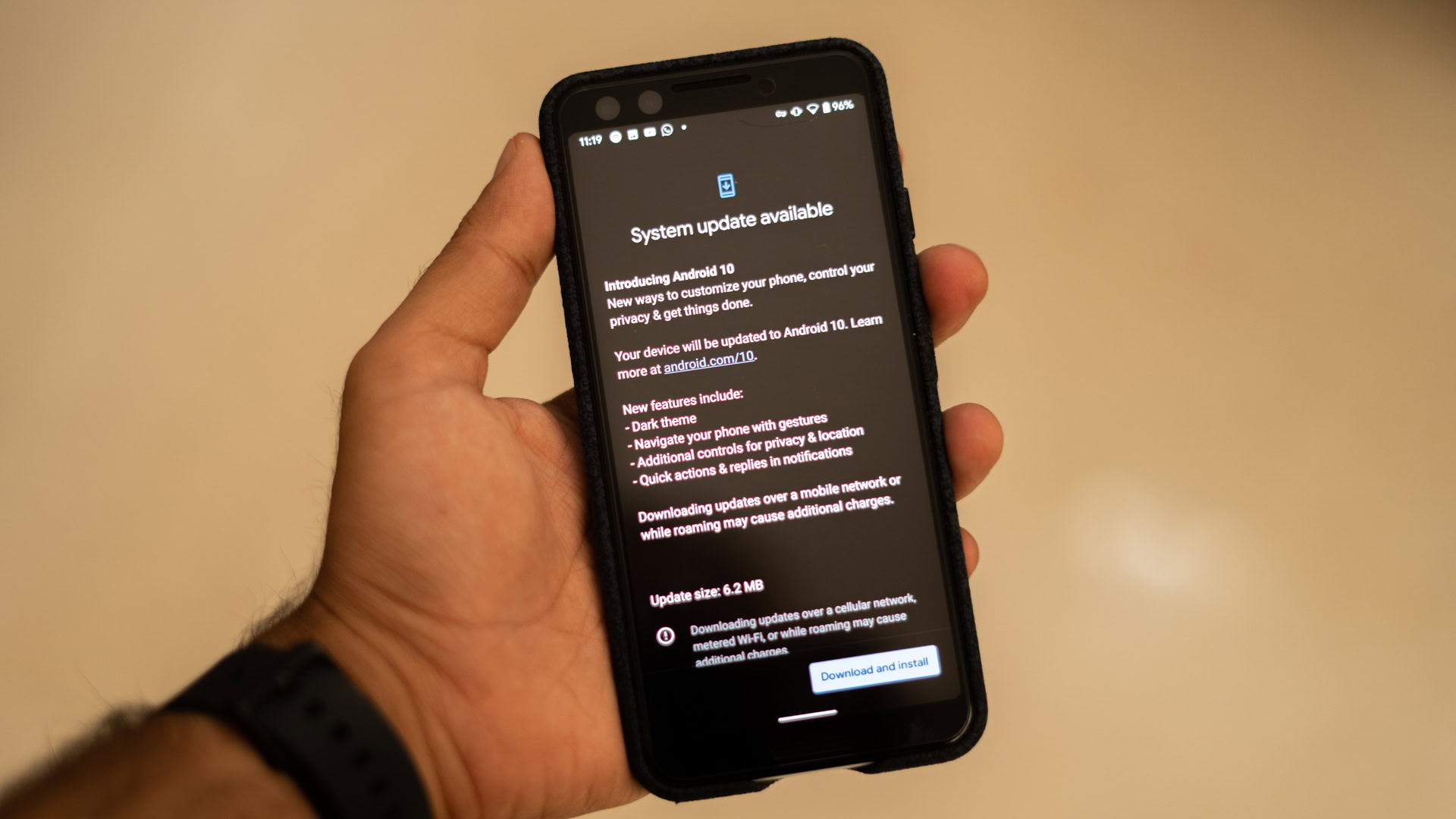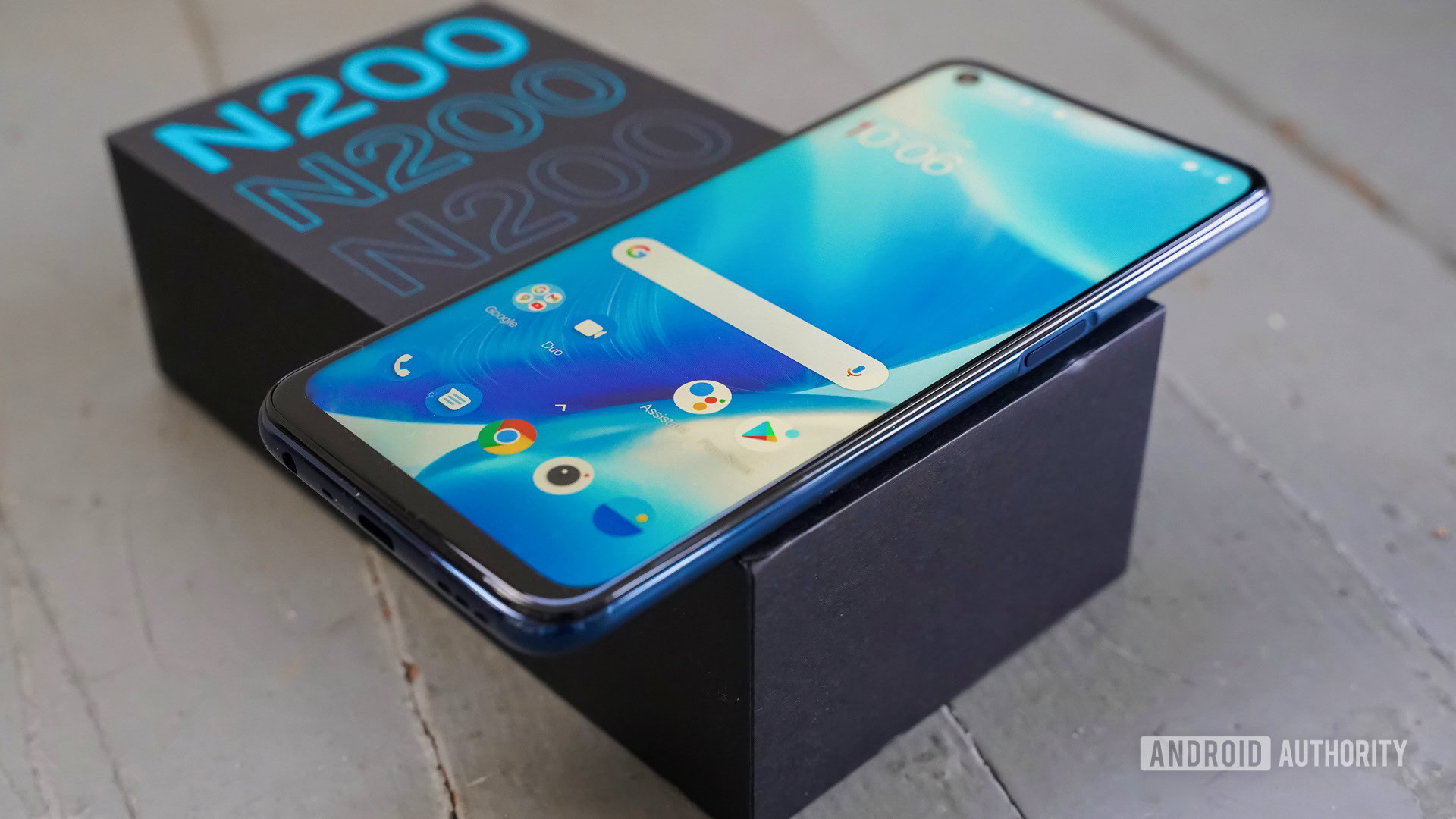Affiliate links on Android Authority may earn us a commission. Learn more.

One of the plagues of cheap smartphones is limited long-term support.
This is a uniquely Android problem, too:
- Apple doesn’t get into this territory: it just doesn’t sell $150-$200 phones.
- Accordingly, it provides longer-term updates, both security-wise and feature drops, to its iPhones for as long as it can.
- 2014’s iPhone 6 and 6 Plus received updates in 2021, partly because there’s so many still in use.
For all the good that has come from brands like Oppo and Xiaomi, and their subsidiaries like Redmi and Realme providing cheap, relatively powerful handsets, there’s the problem of support.
My colleague Dhruv Bhutani, with at least one eye on the Indian smartphone market, points out that adware and bloat are problems, where ads give manufacturers the ability to eke out a stream of cash from their phones produced largely at cost, plus a few bucks. (And, Apple does drop in ads for its own products and services, too.)
But the real problem is software updates:
- “Samsung and OnePlus are getting better at offering long-term support for their phones. Unfortunately, those three years of updates are limited to just premium devices. It’s the entry-level and mid-range hardware that truly suffers. The OnePlus Nord N100, for example, gets a pitiful single major update.”
- “Unfortunately, businesses care about maximizing profits, and the cost of supporting an entry-level phone might far outweigh any potential revenue from it. Long-term software support requires a dedicated team working on the phone, testing, and issuing monthly patches. Major Android updates require investment in the form of licensing, certifying, and deployment costs. Between the volume of variants and the costs involved, the math just doesn’t add up for many smartphone manufacturers.”
- And updates provide longer-lasting hardware. Longer support from apps, less security problems — even just getting the latest and greatest emoji to text friends with.
The solution? Well, it means paying more, which no one wants, not even Dhruv who’s suggesting it. And some have already pointed out that open source projects, and small players like Fairphone, manage to provide updates to older devices. Another argument is that planned obsolescence should be regulated to history.
But hear out this talking point:
- “A premium tier offering an ad-free experience and the promise of longer support could strike a balance between hardware costs and software support.”
- “A subscription model could be the way out. It could ease the cost burden for buyers and make quality software more accessible while guaranteeing sustained revenues for the manufacturer.”
- “Realistically, do I want this? Absolutely not. In an ideal world, your smartphone should be entirely yours, both software and hardware. However, the state of the smartphone market in regions like India is such that no brand wants to risk breaking the status quo. Smartphone buyers are so used to affordable hardware that trying to go back to higher prices would be futile.”
🌈 Huawei patent takes curved display design to new extreme (Android Authority).
⌚ Latest Fitbit Charge 5 leak teases a solid fitness tracker under $200 (Android Authority).
📺 Watch: Naomi Wu attempts to force GPLv2 compliance by just visiting a mobile brand’s office in Shenzhen to get its Android source code (Android Authority).
📁 I always enjoy a Mr Mobile look at flip phones, declaring the third-generation as the first that brings flip phones … back: Samsung Galaxy Z Flip 3 review(YouTube).
🍎 Apple news out of Mark Gurman: A high-end M1X Mac mini with more ports than the current M1 version is coming in the next months (November is my guess, based on the M1 launch in 2020) and Apple tested an iPhone 13 with Touch ID, but unlikely to launch this year and Apple may just go for in-display Face ID (Bloomberg)
🧠 Constant craving: How digital media turned us all into dopamine addicts (The Guardian).
🤦♀️ Facebook suppressed its first transparency report from Q1 because it wasn’t a good look, later revealing a second report from Q2, and then just called it the first report. Why? The most-shared post for months was a questionable COVID story (The Register).
💻 Why not just make chips … enormous? Less chip, more dinner plate: Cerebras, a startup which has raised $450 million, is building massive plate-sized chips targeted at AI applications (New Yorker).
🕸 It’s not your spider-sense acting up — the Spider-Man: No Way Home trailer leaked (AV Club).
🛵 Honda’s new cutesy U Be electric scooter only costs $475, and you can pedal it (to get around regulations, not because it’s a great e-bike) (CNET).
🔋 How Tesla engineers (pre-Elon Musk) solved the problem of exploding EV batteries, with info out of journalist Tim Higgins’ new book, Power Play (Engadget).
🚣♂️ Peloton’s app indicates a rowing machine may finally be coming (The Verge).
🐟 Cuttlefish remember the what, when, and where of meals — even into old age, unlike human memories that fade (Ars Technica).
🤔 “What are some paradoxes that make your brain hurt?” (“Password incorrect — change password — you can’t use the same password”) (r/askreddit).
Good boys here:

- Also, this anecdote is only for the very online people, but I didn’t realize the famous Gallowboob from Reddit was working at Shopify!
Cheers,
Tristan Rayner, Senior Editor

